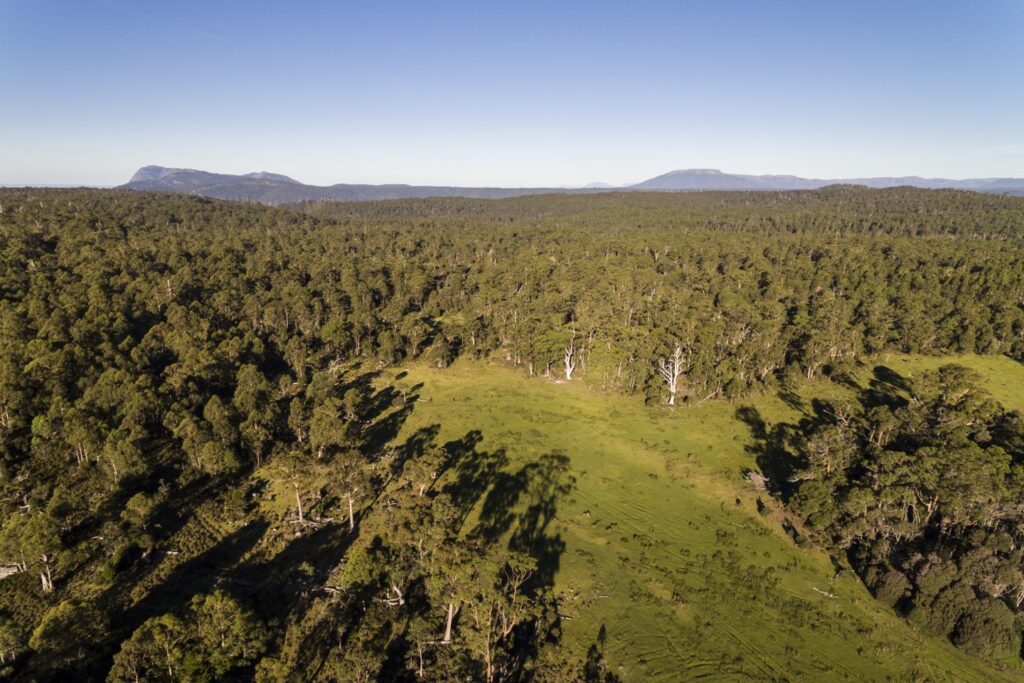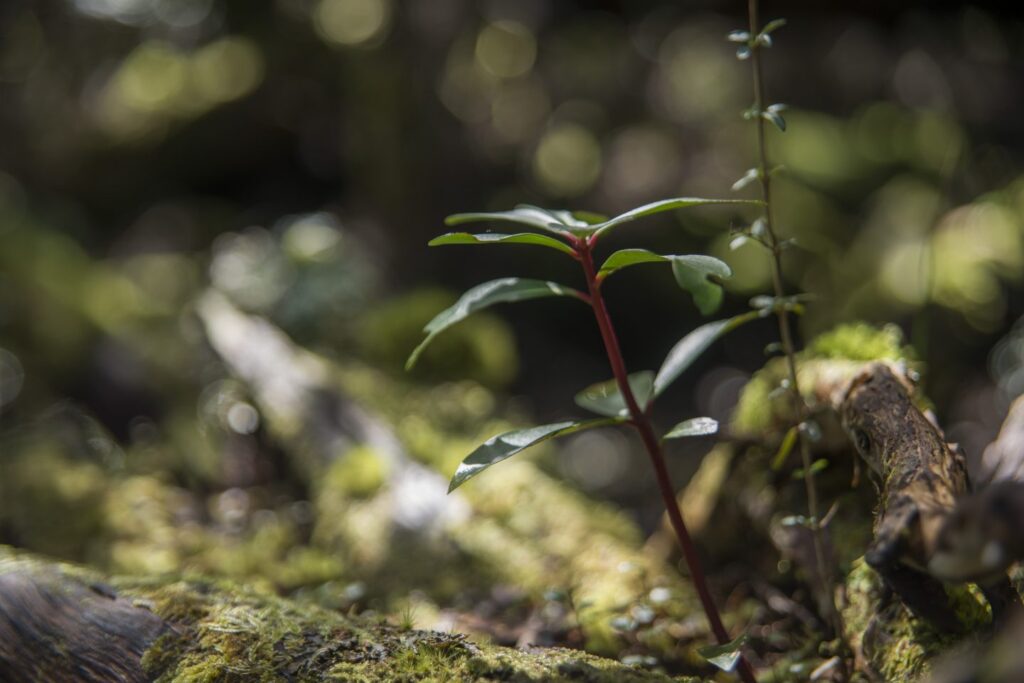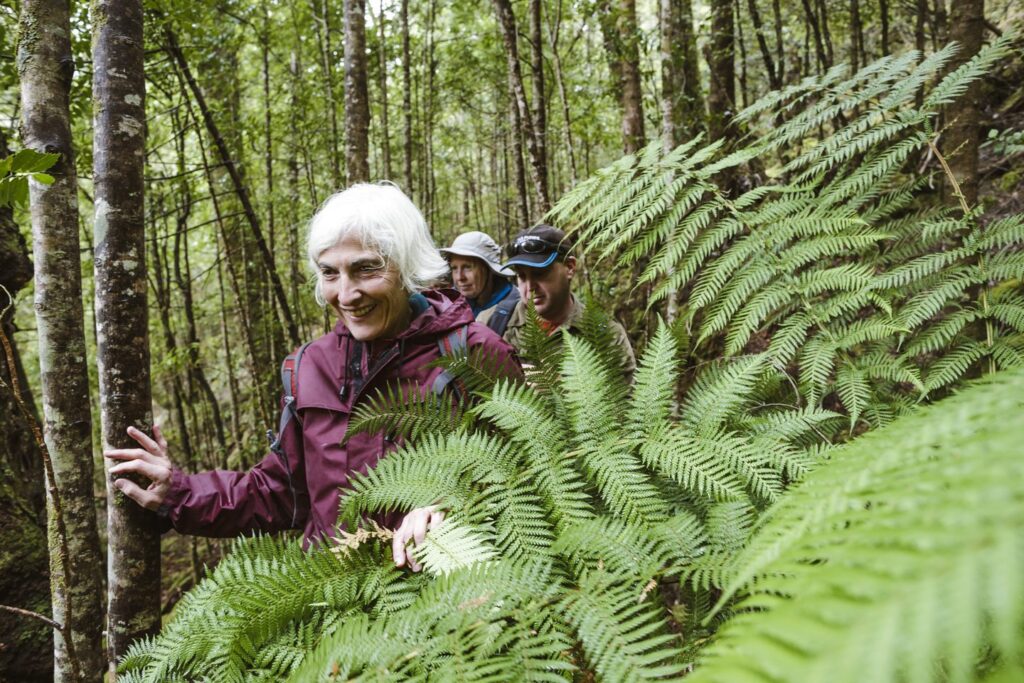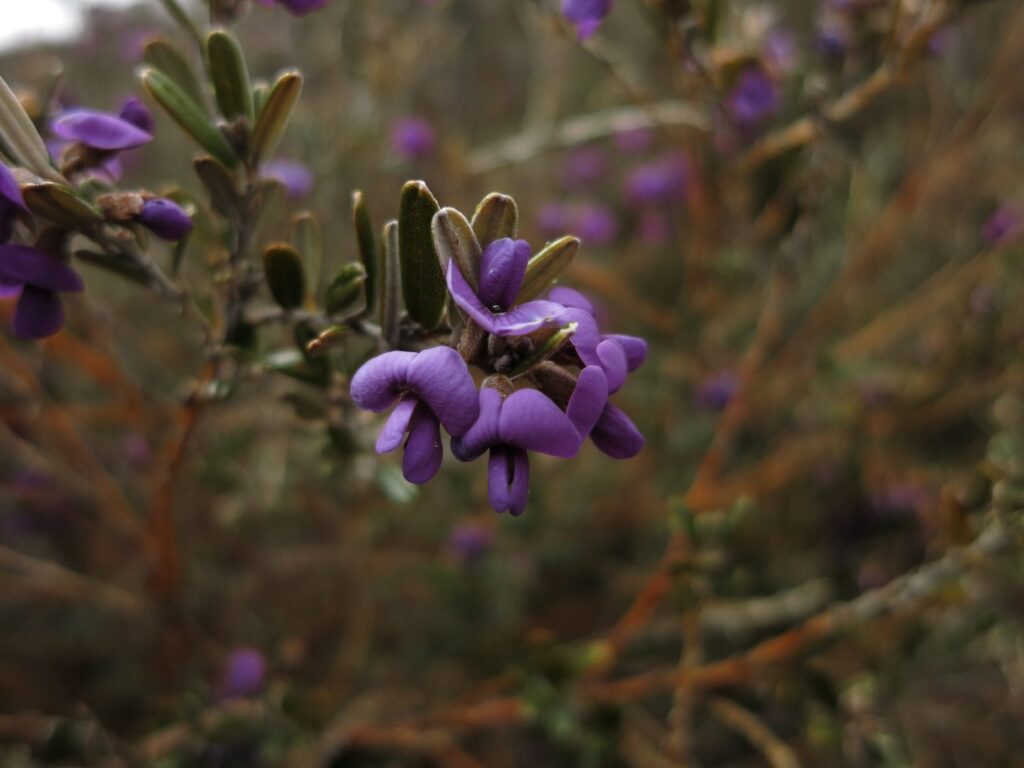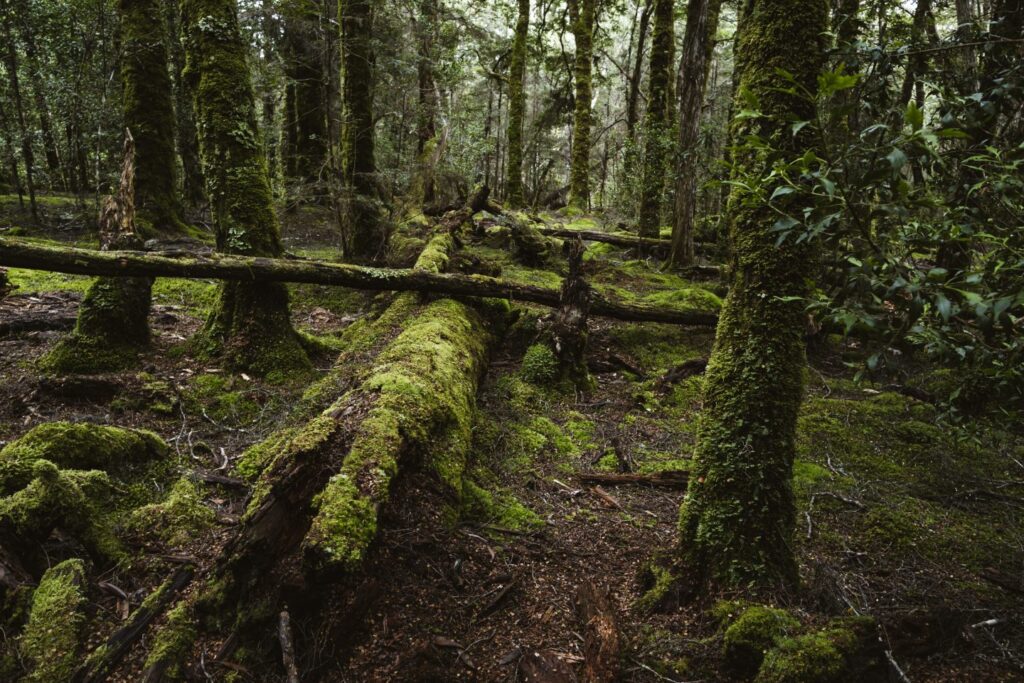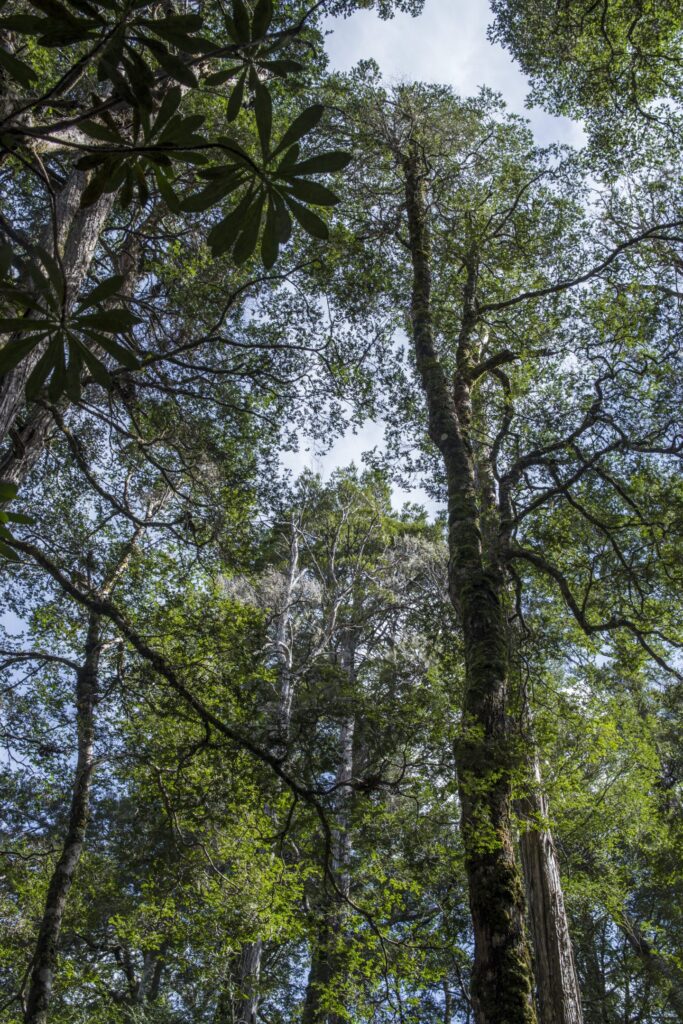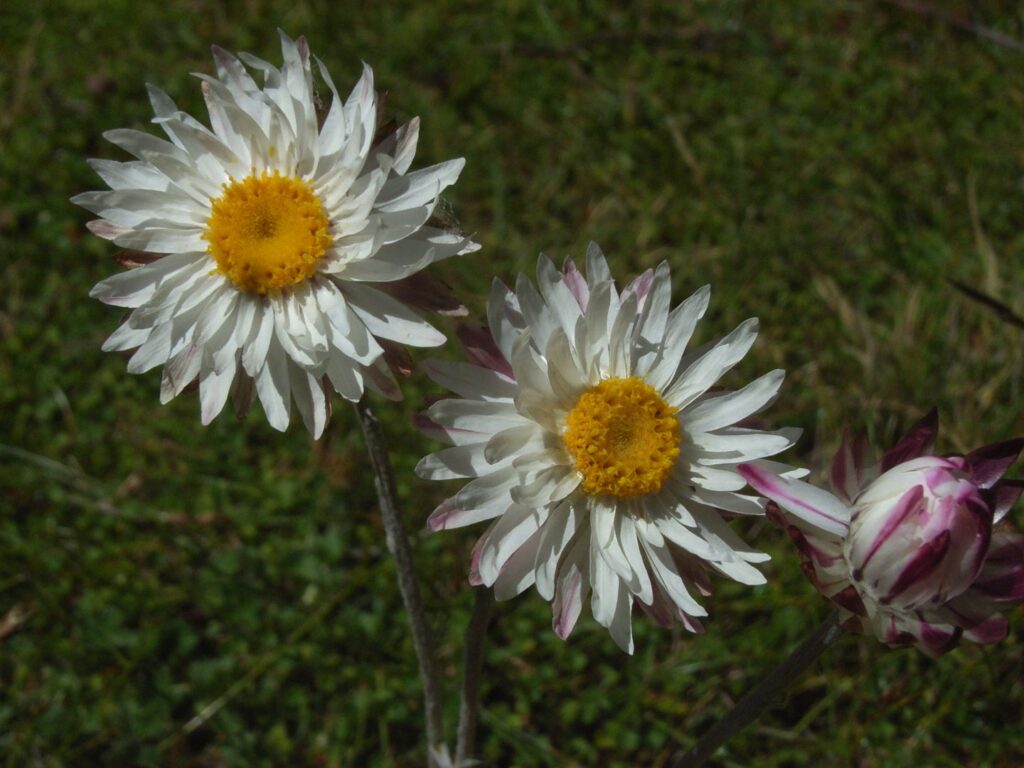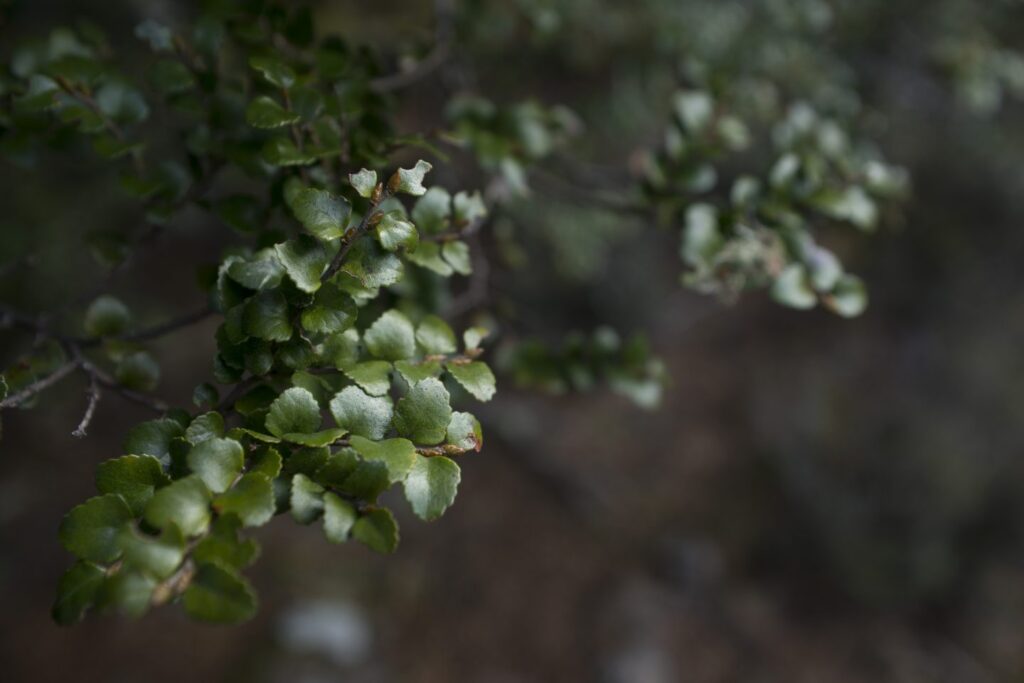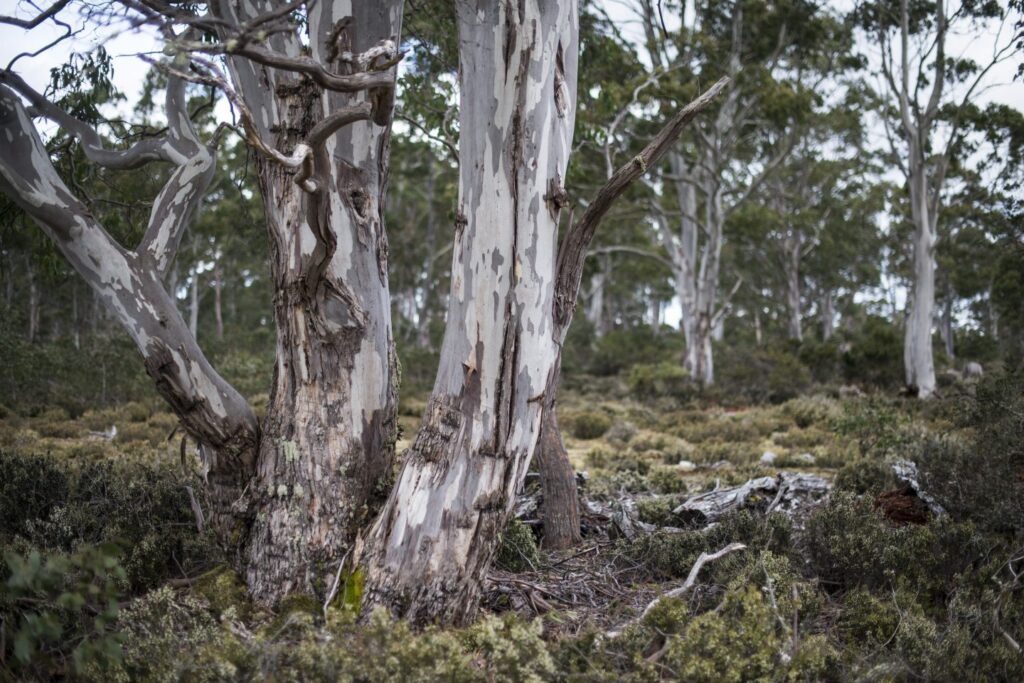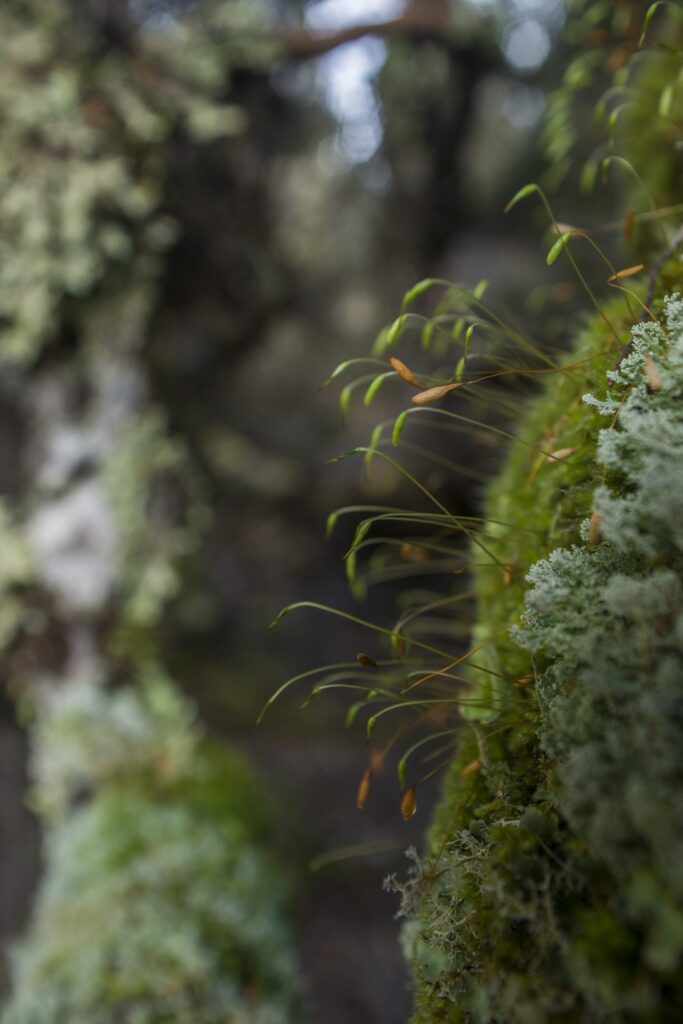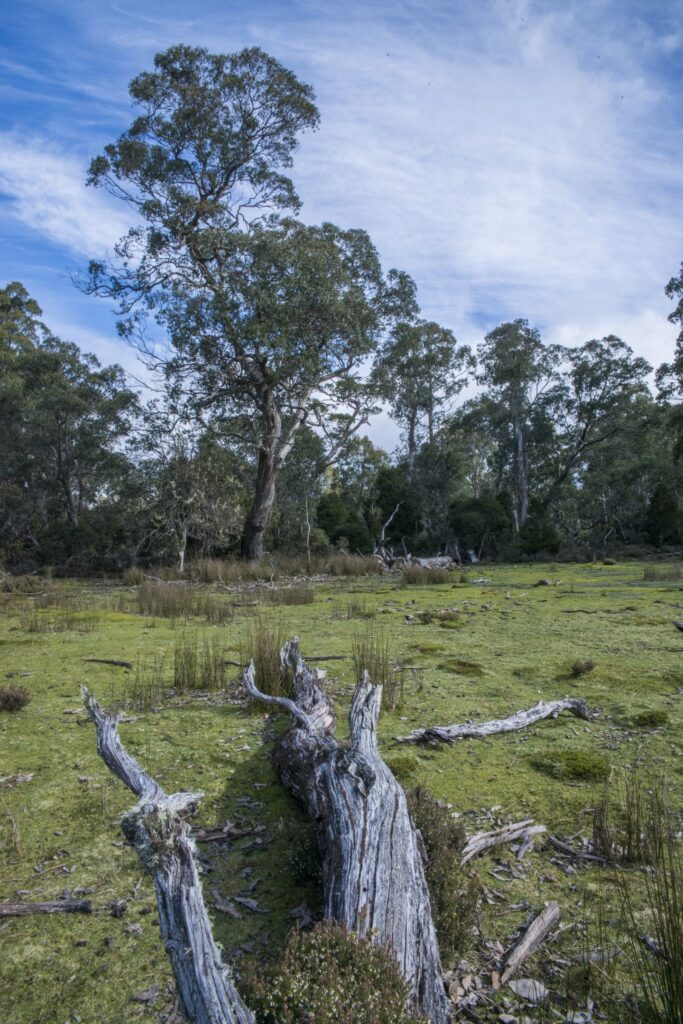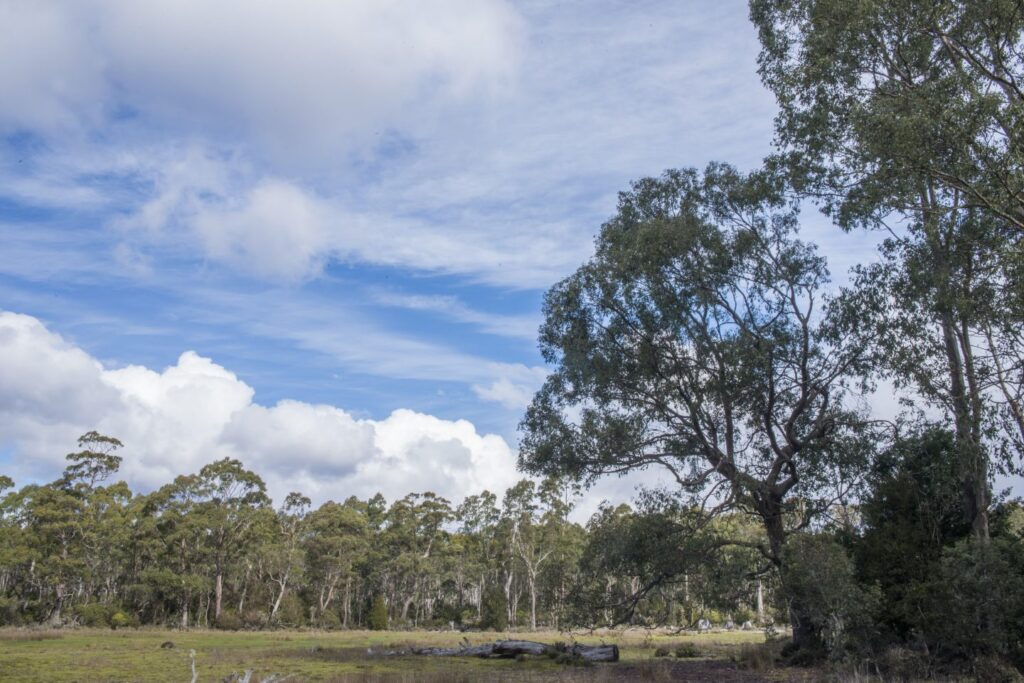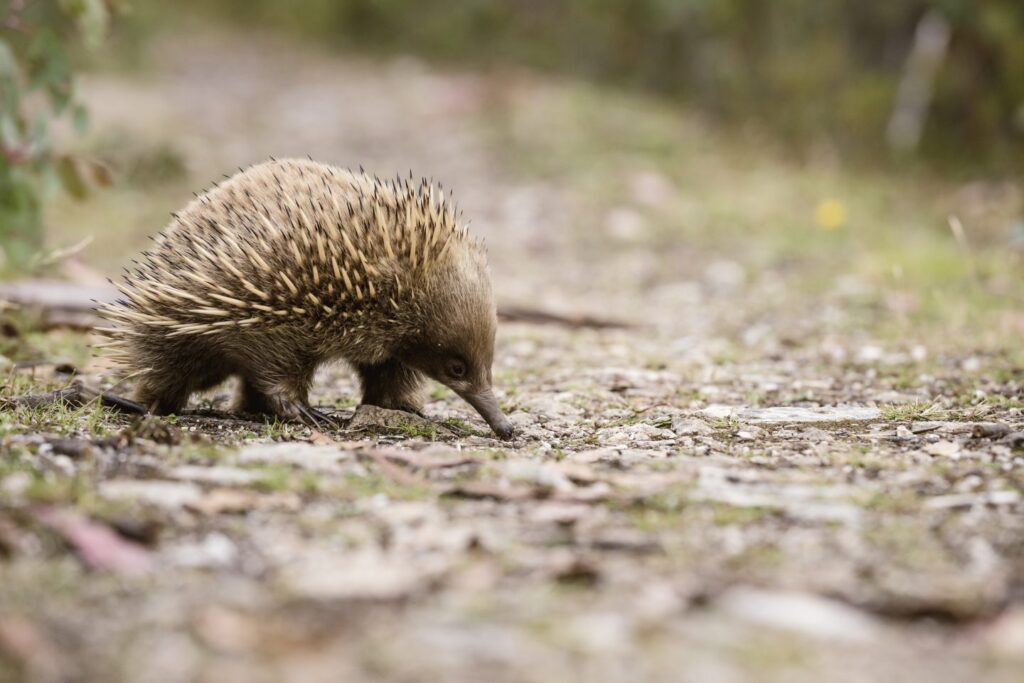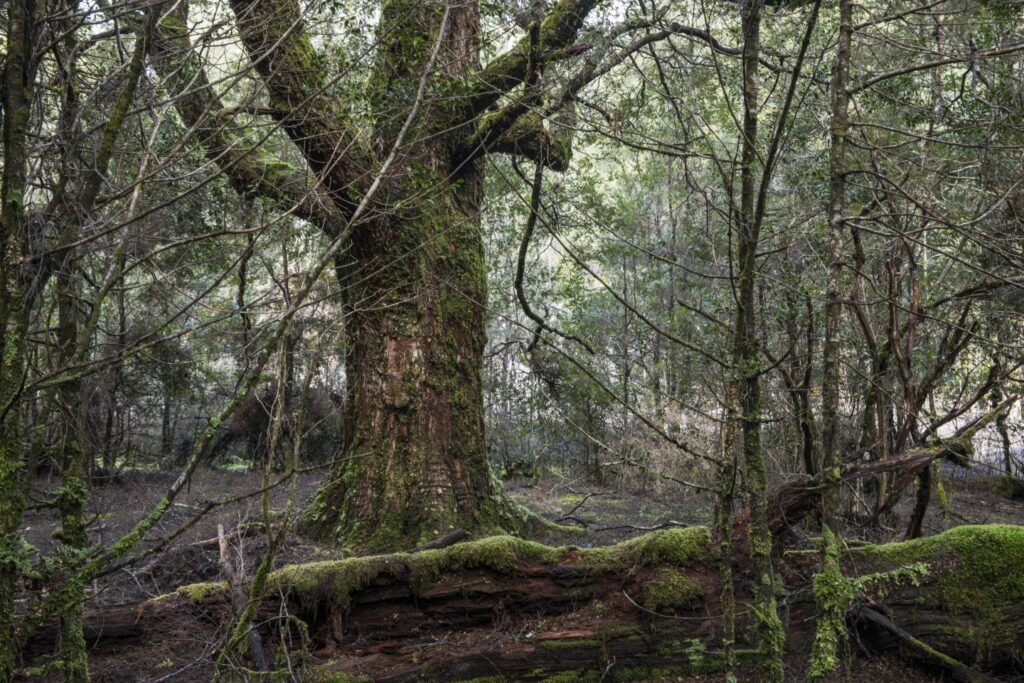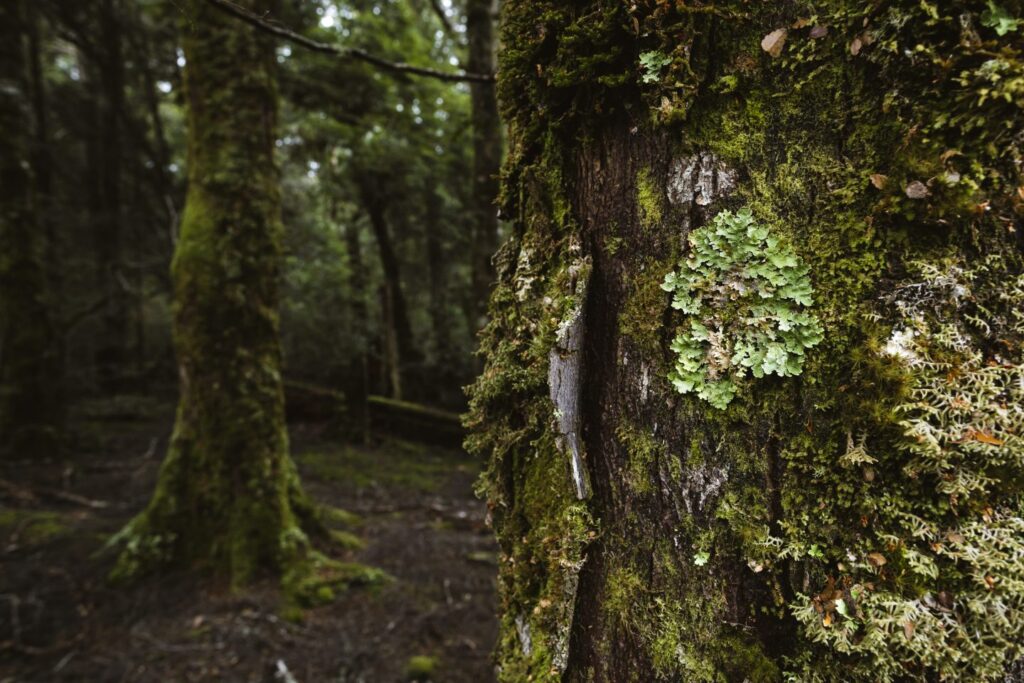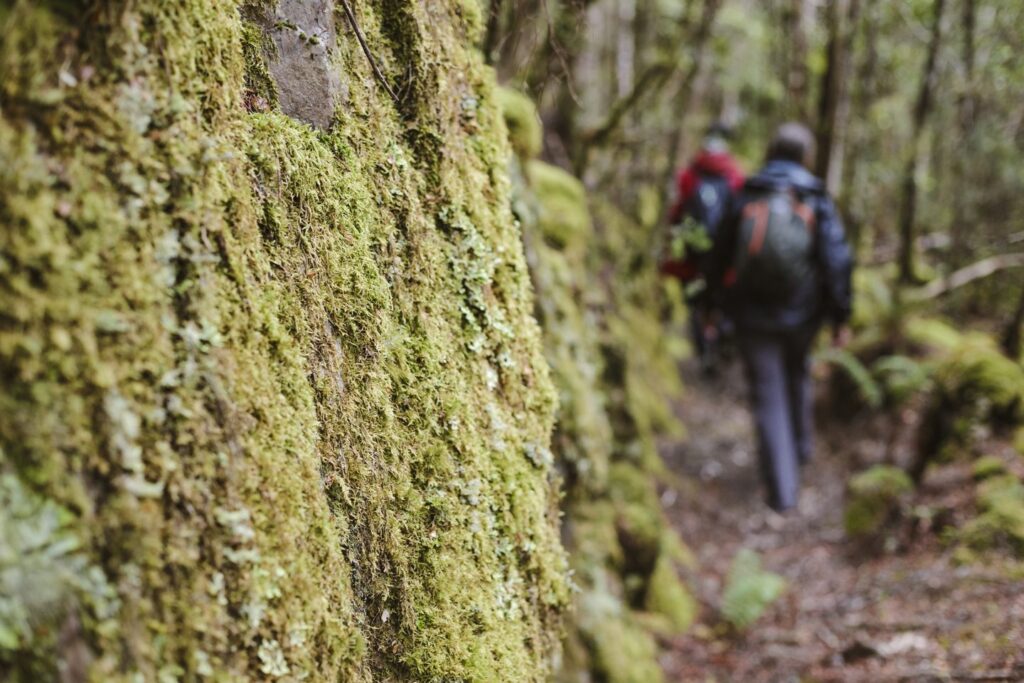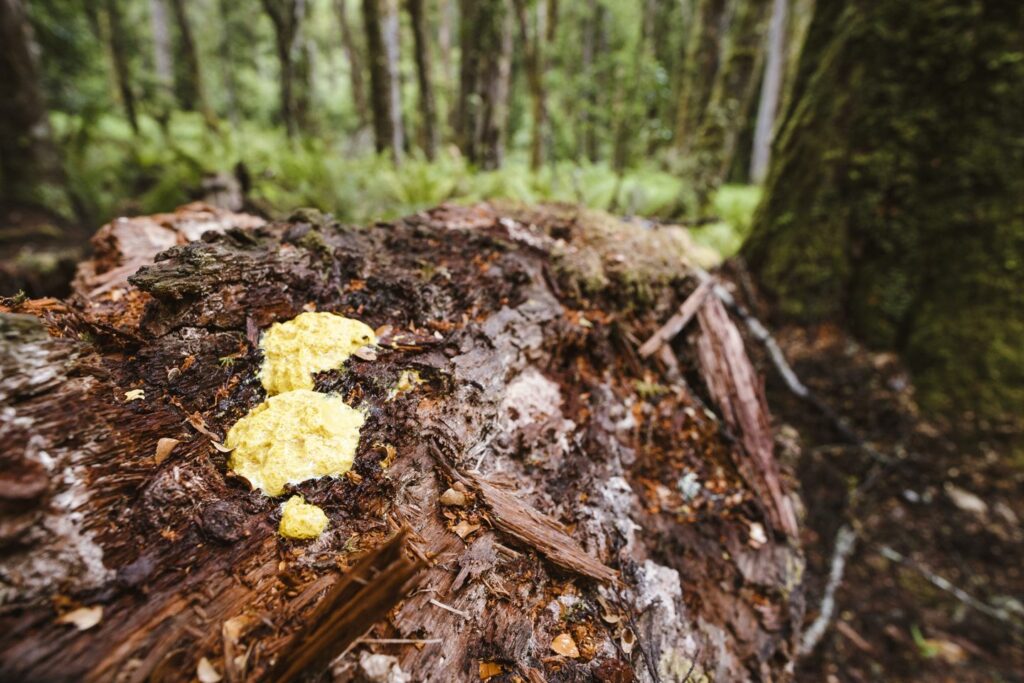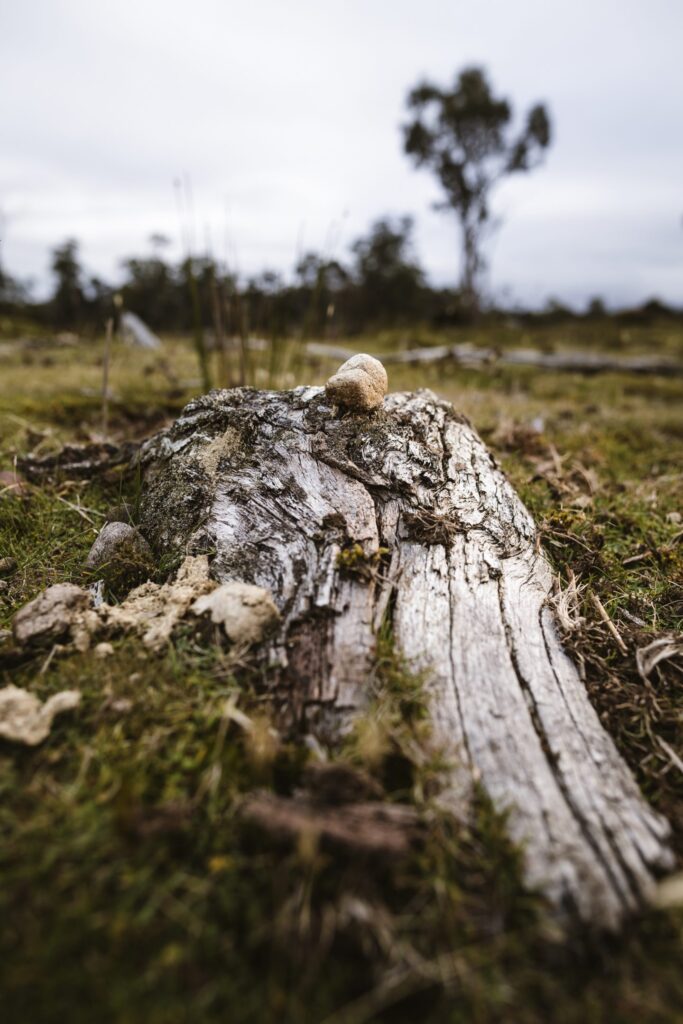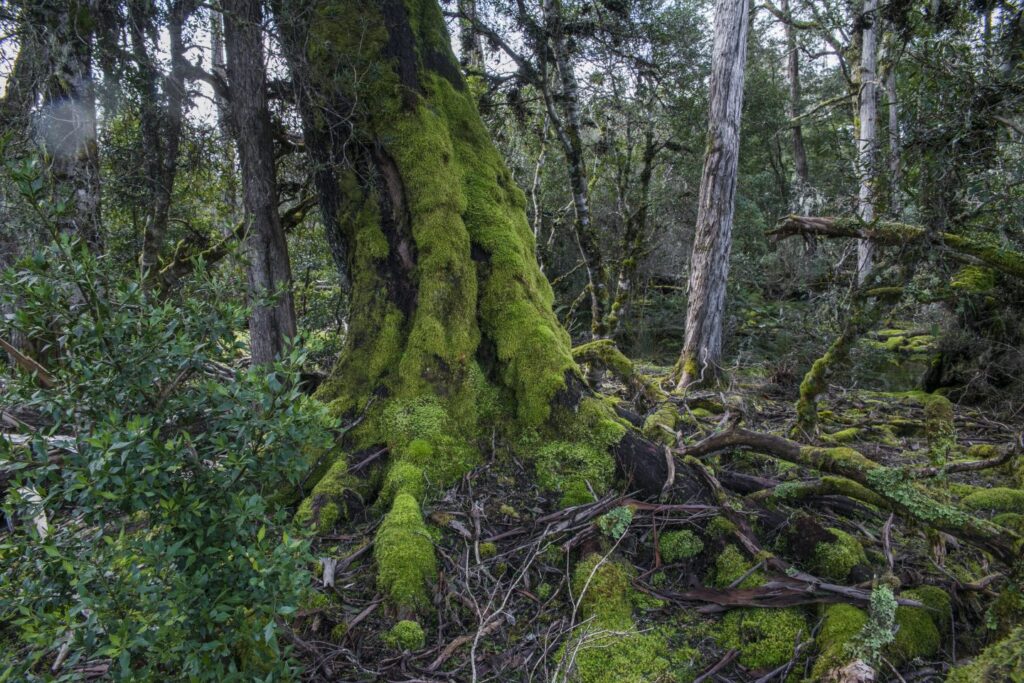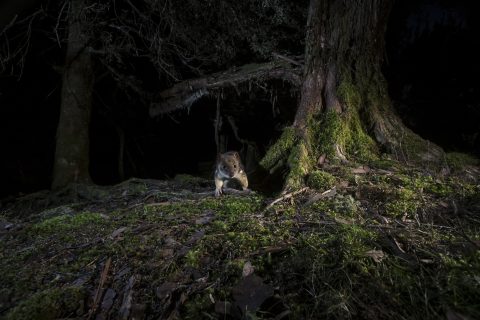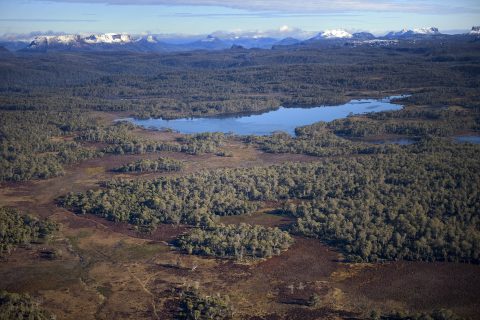NATURAL VALUES & CONTEXT
A stone’s throw from Tasmania’s iconic Cradle Valley and the TLC’s Vale of Belvoir Reserve lies a hidden glade filled with rich floristic diversity and unique Tasmanian wildlife.
Named after the grassland paperdaisy, Daisy Dell is a stunning and important natural corridor linking the intact habitats of the Tasmanian Wilderness World Heritage Area with the forests of the northern tiers. It is a mosaic of subalpine grasslands, sedgelands, eucalypt forests, woodlands and rainforest. Daisy Dell supports the endangered and exquisite grassland paperdaisy (Leucochrysum albicans), and the rare mountain purplepea (Hovea montana).
It is also habitat of all three of Tasmania’s marsupial carnivores: eastern quoll (Dasyurus viverrinus), spotted-tailed quoll (Dasyurus maculatus), and Tasmanian devil (Sarcophilus harrisii).
Daisy Dell adjoins the Iris Farm Private Nature Reserve and lies close to the Cradle Mountain – Lake St Clair National Park (part of the Tasmanian Wilderness World Heritage Area), the Dove River Conservation Area, Black Bluff Nature Reserve, the Vale of Belvoir Conservation Area and the TLC’s Vale of Belvoir Reserve, protected in 2008. Private land at Daisy Dell collectively reserves 322 hectares, and is an important ecological link within a priority highland landscape. The landscape enhances the security of many of the unique and iconic Tasmanian species, and breathtaking scenery such as plummeting waterfalls and magnificent mountains in close proximity.
‘The area of Daisy Dell near Middlesex Plains is one of the few places in Tasmania where it is possible to see all three of Tasmania’s marsupial carnivores: the Tasmanian devil, spotted-tailed quolls and eastern quolls, as well as wedge-tailed eagles and owls. This area is an important corridor linking the large intact habitats of the Cradle Mountain National Park and World Heritage Area with the forests of the northern tiers and coast.’ – Associate Professor Menna Jones, School of Biological Sciences, University of Tasmania
The TLC is deeply grateful to the neighbouring landholders who have made personal contributions and commitments towards the protection of Daisy Dell. This would not be possible without them.
